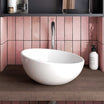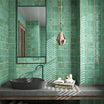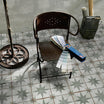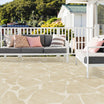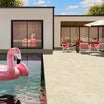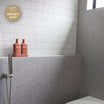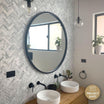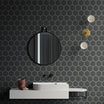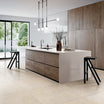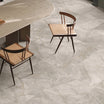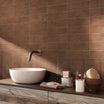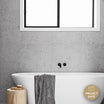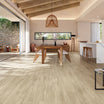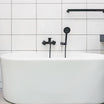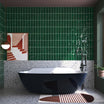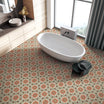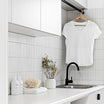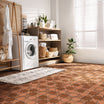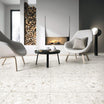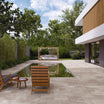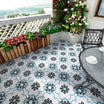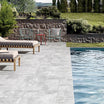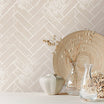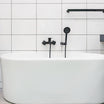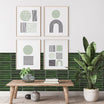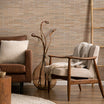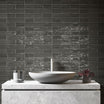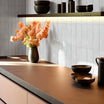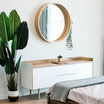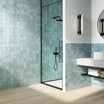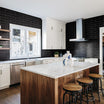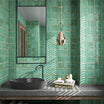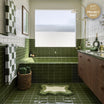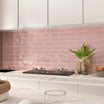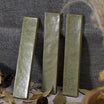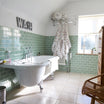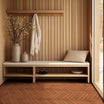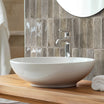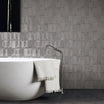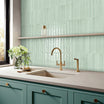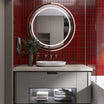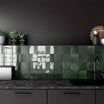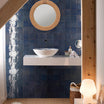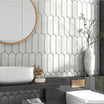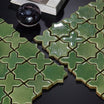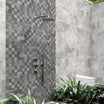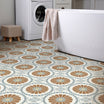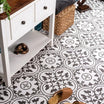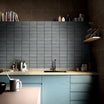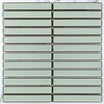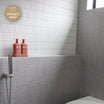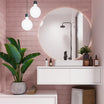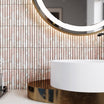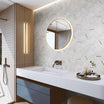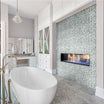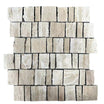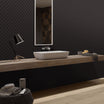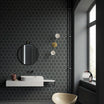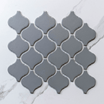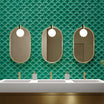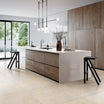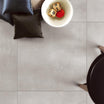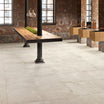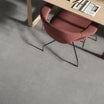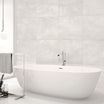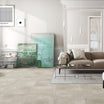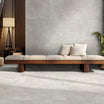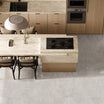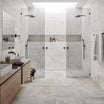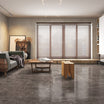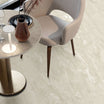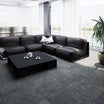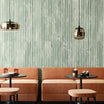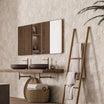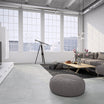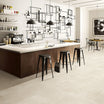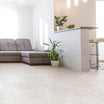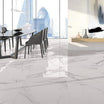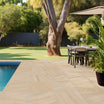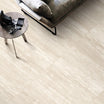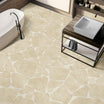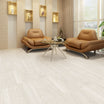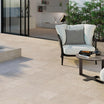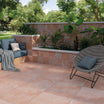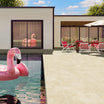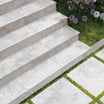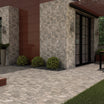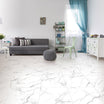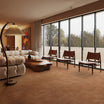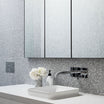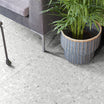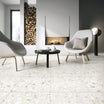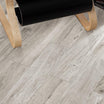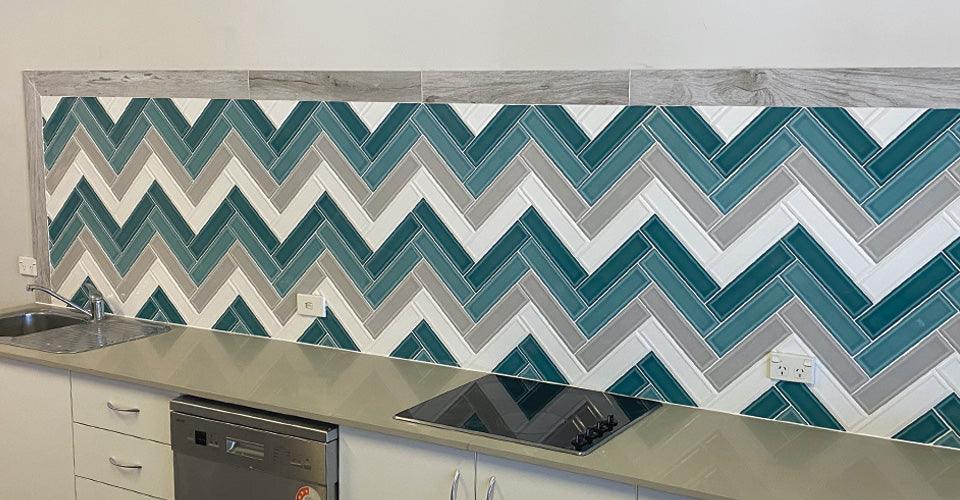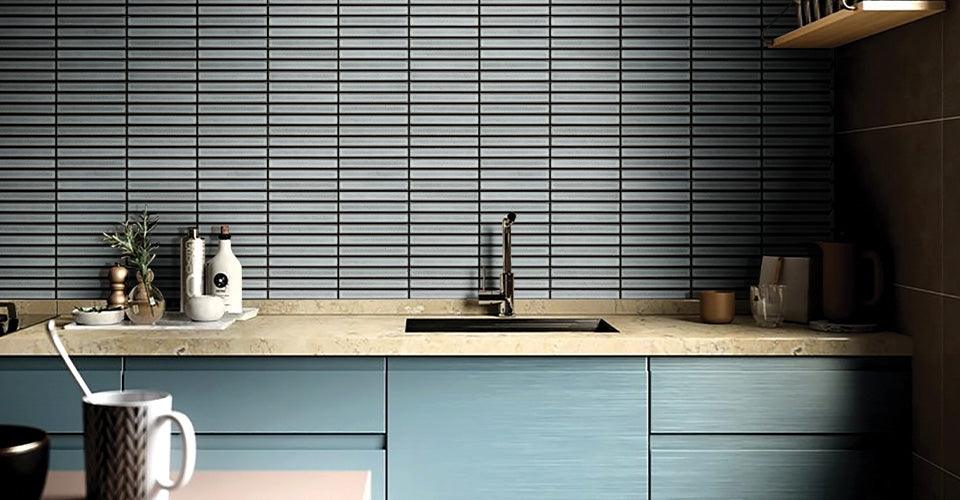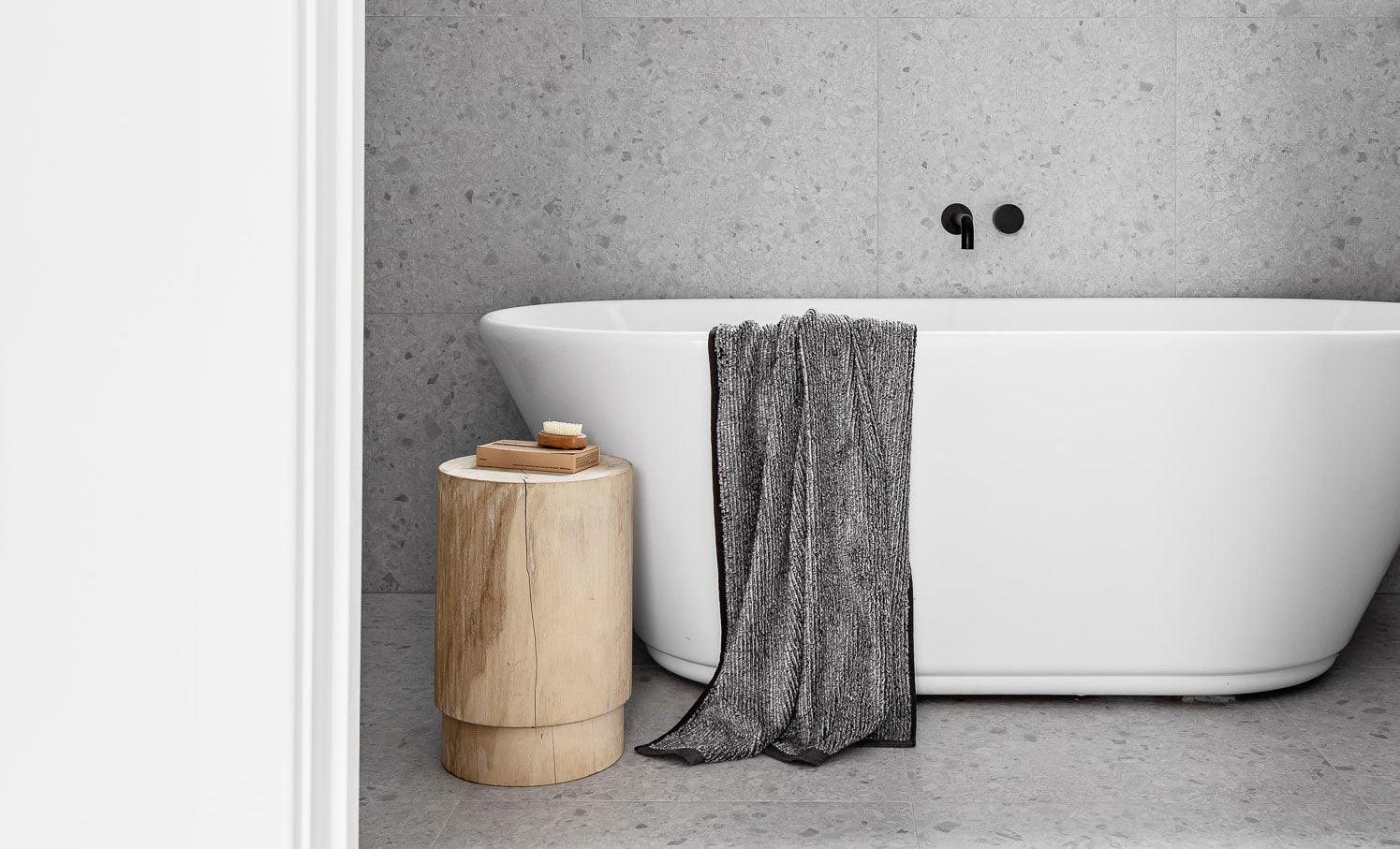When it comes to choosing a kitchen splashback it is hard to go passed tile as an option. With so many sizes, colours and finishes available at economical prices, there is a reason why tiles have remained constant in kitchens throughout history.
Your kitchen splashback gives you the opportunity to add some personality to your kitchen design while performing the important functions of keeping the walls safe from heat, moisture and grime. Depending on your style, you can choose whether to make your splashback stand out as a feature, or integrate it into a more subtle design.
ENDLESS OPTIONS
Engineered stone splashbacks are one of the major trends at the moment though they can come with a steep price tag. This is due to the fact that engineered stone is sold in slab sizes (usually 1200 x 2400) and then you pay per cut and add on installation and delivery, so unless you have enough of the slab leftover from your benchtops, engineered stone is usually not an economical choice.
Glass has been the most popular choice for splashbacks for the last 10 or so years, due to its lack of minimal requirement for join lines, which can become difficult to clean. Glass however, lacks texture and can leave a kitchen looking sterile and lacking personality.
Now that manufacturers are creating larger format tiles, which require minimal grout lines, you can have the best of both worlds. Texture and personality without having to worry about excess grout lines. For example, if your splash height is at the minimum (standard) 600mm to the upper cabinets and/or rangehood, you may only need one box of 600mm x 900mm tiles.

GO FOR TILES
With all this said, however, you can’t go past smaller tiles for colour, warmth and texture; and if you are consistent with wiping the splashes off your splashback each day your grout should last without staining for years and years (my current splashback is around 20 years old and the grout is still perfect!).
When choosing your splashback tiles, consider whether you want them to be subtle, integrated with your overall design, or whether you want them to stand out as a feature. How much colour and/or texture do you want to inject?
Style:
If you are opting for a matt cabinet finish, you may want to consider a glossier finish on your splash for contrast (and visa versa). If you are planning to have cabinet doors that include a face profile you may want to go for a minimally textured, plainer tile on your splash. If you are going for a flat faced door you can get away with a more textured or patterned splashback without it looking too fussy.
Type:
Porcelain, glazed ceramic and glass tiles are all good options for your splashback due to them being non-porous and easy to clean. The less textured the tile is, the easier it will be to keep clean, so if minimal cleaning effort is what drives you, consider larger sizes and smoother tile finishes.
Application:
If you are opting not to tile to the ceiling, ensure you choose to finish your splashback at a level where there is a ‘natural’ horizontal border, be this your upper cabinets, a shelf, a window or door frame. This means that you may need to continue tiles behind a range hood or open shelves.
Getting creative with laying patterns is a great way to inject some personality into your design, for more on this read our article on laying patterns.
About the author: Jo Scott
Billy Hoo Studio was founded in 2015 by Interior Designer, Jo Scott. Jo has over 10 years experience in interiors including multiple residential, commercial and retail design projects across Australia as well as a solid background in Australian manufacturing and product development within the building industry. In addition to Interior Design, Jo has completed studies in Holistic Counselling and Building Design to further enhance her approach.
Visit Jo at billyhoostudio.com

